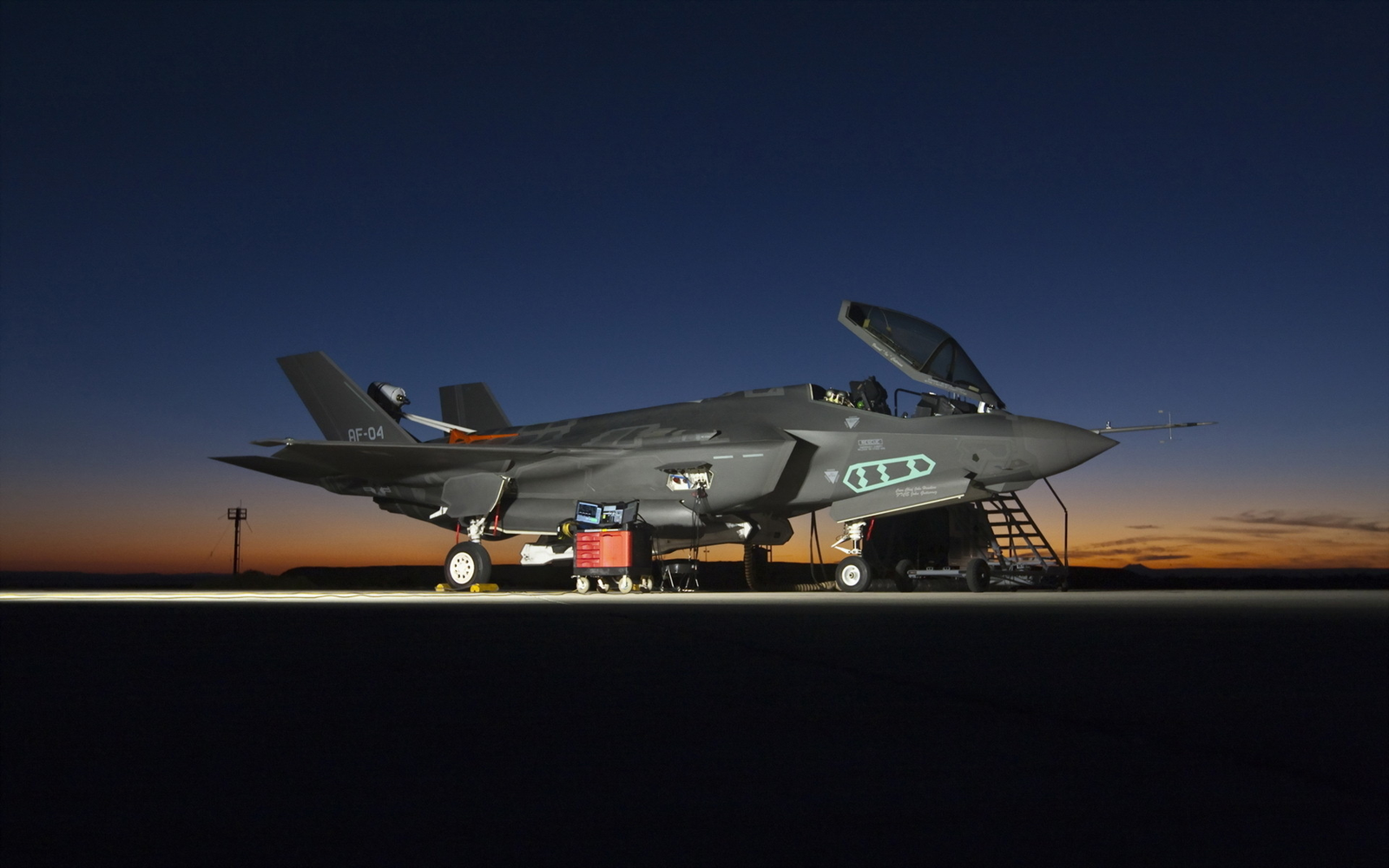
The F-35 Lightning II was designed to be the crown jewel of modern air power—a networked, stealthy, and formidable fighter jet that would place the United States and its allies ahead of any potential threat for decades to come. Today, the F-35 is certainly at the center of U.S. and allied air policy, but the journey to get here has been far from easy. Rising costs, continuing reliability issues, and the changing needs of today’s warfare are leading military planners to seriously consider the future of air supremacy.

The size of the program is staggering. The Pentagon now has about 630 F-35s and intends to expand the fleet to around 2,500 by the mid-2040s, with the planes staying in service until at least 2088. Maintaining that fleet is expensive. Government reports put operating and maintenance expenses for the F-35 fleet at $1.1 trillion in 2018 and $1.58 trillion in 2023—a 44 percent five-year hike. When the acquisition cost is included, the overall program is more than $2 trillion. These are not hypothetical figures; they are impacting everything from pilot flight training to scheduling for other major assets.

A lot of the reason for those rising costs is the sheer complexity of the F-35. Consider the F-35A, for example, the Air Force conventional takeoff and landing version. Its direct cost is around $42,000 an hour to fly. That’s significantly higher than older U.S. fighter jets like the F-16C/D ($25,400 per hour) or the F/A-18E/F Super Hornet ($30,400 per hour). Fuel alone costs around $4,500 an hour, and the plane’s sophisticated systems need highly trained technicians and specialized tools. When indirect costs—maintenance, training, and logistics—are considered, having one F-35A costs well over $5 million a year. Spare parts are also costly, with major assemblies such as the main landing gear running $180,000 and crucial sensor modules costing more than $500,000.

The Air Force, the Navy, and the Marine Corps have been forced to recalculate how much they can afford to fly the aircraft. Projected annual flight hours have been cut, with the Air Force by 19 percent and the Navy by 45 percent. Even amidst all of these changes, fleet availability is still less than optimal. Repairs are behind schedule, and the parts backlog continues to mount. The F-35’s sophisticated stealth paints and highly integrated systems render routine maintenance impractical, frequently demanding special facilities and labor-intensive processes. Despite all of these problems, however, the F-35 is an incredible piece of technology.

The F-35’s new Block 4 modernization program is bringing over 75 major improvements to all variants, such as improved missile capability, more sophisticated electronic warfare equipment, and better target recognition. What distinguishes the F-35, however, is its capacity to collect, process, and share information in real-time.

Sensor fusion allows the pilots to maintain complete 360-degree situational awareness of the battlefield and can identify threats earlier as well as coordinate with friendly forces simultaneously. According to Maj. Gen. Gina Sabric, the F-35 is “the quarterback of the whole battle,” it commands coordinated operations and optimizes the utilization of all assets employed. These capabilities have altered pilot training.

Fifth-generation planes such as the F-35 demand pilots who are less dependent and more capable. Wingmen no longer directly follow flight leaders in close formation. Rather, F-35 pilots are miles apart from each other, using sensors and encrypted data links to stay in formation and conduct sophisticated missions independently. Training now focuses on decision-making at tempo, stress management, problem-solving, and coordination with other air, ground, and sea forces.

Red Flag-style exercises are now routine for what used to be primary training, simulating the demands of operating these sophisticated jets. Though these technological advances cost money, however, not just dollars, but strategically. The sole-producer dependency and high cost of operating for maintenance and spares are an industrial lock-in.

For smaller air forces, it constrains flexibility for other priorities like base modernization or precision weapon acquisition. Even for the United States, program size has required tough decisions, with some of the other systems’ modernization delayed or curtailed.

Globally, the F-35 is a pillar of allied air capability. Hundreds serve across the Middle East, Asia, and Europe with record levels of interoperability between partner countries. As Lt. Gen. Michael Schmidt has put it, having hundreds of F-35s in allied air forces is a force multiplier on a scale that greatly expands overall security and operational presence.

Nevertheless, the F-35 program must make significant decisions shortly. Its unparalleled capabilities are the program’s highest potential and its most enduring challenge. Increasing costs, maintenance problems, and changing requirements for operations need to be handled with care so that the promise of fifth-generation air power is maximized. How the military commanders walk this subtlety will decide the future of air dominance for decades to come.
